Piste de luge au parc Ttukseom de Hangang (한강공원 뚝섬 눈썰매장)
10.3Km 2023-11-02
112 Jayang3-dong Gwangjin-gu Seoul-si
+82-2-453-3028
La piste de luge au parc Ttukseom de Hangang possède une grande et petite piste de luge. D'ailleurs cet espace est utilisé comme piscine pendant l'été.
Casino Seven Luck - Branche Coex Gangnam (세븐럭카지노 - 강남코엑스점)
10.3Km 2023-08-03
58, Teheran-ro 87-gil, Gangnam-gu, Seoul
+82-2-3466-6000
Seven Luck Casine, à Gangnam Coex, est considéré comme le casino le plus moderne développant une ambiance orientale à Séoul. Avec une superficie toale de 6093.57㎡, l'établissement propose de nombreux jeux typiques du casino. L'établissement de Gangnam a l'avantage de se situer près de grands sites touristiques avec des hôtels, des magasins duty free, des cinémas, des galeries commerciales, etc.
Exposition internationale des jardins de Séoul 2025 (2025 서울국제정원박람회)
10.3Km 2025-05-07
33, Yeouidaebang-ro 20-gil, Dongjak-gu, Seoul
02-521-4626
Le public pourra découvrir des contenus variés pour se ressourcer et créer de précieux souvenirs avec leurs proches.
Parc Boramae (보라매공원)
10.4Km 2021-07-23
33, Yeouidaebang-ro 20-gil, Dongjak-gu, Seoul
+82-2-120
Le Parc Boramae était l'ancien site de l'Académie de l'Armée de l'Air qui fut transformé en un parc de loisirs. Il adopta le nom de Boramae(faucon) car il s'agissait du symbole du site de l'armée de l'air. Il existe une variété d'équipements pour les sports et les loisirs comme des terrains de badminton et de jeux extrèmes, un mur d'escalade, un parc, un étang musical, une aire de jeux, des endroits pour pique-niquer, etc.
La tour symbolique de l'Académie de l'Armée de l'Air demeure toujours en tant que symbole puissant de loyauté et piété filiale. Les visiteurs peuvent découvrir un peu plus intimement cette académie grâce aux 8 avions exposés derrière la fontaine principale.
Ktown4u coex (케이타운포유 코엑스)
10.4Km 2024-06-25
513, Yeongdongdae-ro, Gangnam-gu, Seoul
Ktown4u COEX est un complexe consacré à la K-culture situé dans le quartier fréquenté du COEX. Le centre propose différents espaces thématiques répartis sur trois étages autour de la hallyu et du lifestyle en Corée. Il est notamment possible d'apprendre des chorégraphies de K-pop avec différents espaces d'échanges avec les acteurs de la K-pop.
Bibliothèque Byeolmadang (별마당도서관)
10.4Km 2021-02-05
Seoul, Gangnam-gu, Yeongdongdae-ro 513
+82-2-6002-5300
Situé au milieu du COEX Central Plaza, la grande librairie "Starfield Library" constitue un parfait espace de lecture pour les visiteurs. Cet espace se déploie sur deux étages avec des étagères hautes de 13 mètres éclairées avec des lumières tamisées. L'espace comprend également des tables avec des prises électriques pour les personnes équipées d'un ordinateur portable. Avec plus de 50 000 libres allant de la littérature classique aux loisirs et de plus de 400 types magazines, les visiteurs peuvent ici profiter des joies de la lecture au milieu d'un centre commercial.
Korea World Trade Center (COEX) (한국종합무역센터 - 코엑스)
10.4Km 2022-12-16
58, Teheran-ro 87-gil, Gangnam-gu, Seoul-si
+82-2-6000-0114
Le Korea World Trade Center désigne un grand complexe dédié aux affaires ayant ouvert le 7 septembre 1988. Il comprend le Trade Center, le centre de convention et d'exposition COEX, le Terminal Korea City Air, l'hôtel Inter Continental et le grand magasin Hyundai pour subvenir aux besoins notamment des hommes d'affaires.
La Trade Tower (Trade Center), haute de 55 étages, abrite l'association coréenne pour le commerce international et de nombreuses autres organisations et entreprises, dont plus de nombreuses entreprises d'import-export et plus de 250 entreprises et institutions financières.
Le World Trade Center se situe à la station de métro Samsung accessible par un passage sous-terrain.
Aquarium du COEX (코엑스 아쿠아리움)
10.4Km 2024-07-19
513, Yeongdong-daero, Gangnam-gu, Seoul
L’aquarium COEX est un gigantesque aquarium de 3 500 tonnes où sont aménagés 183 aquariums déstinés aux expositions et 90 réservoirs destinés à l’élevage. Dans les 16 zones thématiques dans le thème du ‘voyage aquatique merveilleux’, vous pouvez observer un total de 40 000 organismes sous-marins de quelque 650 espèces. De plus, le plus grand nombre d’espèces et d’organismes de requins de toute le Corée vit dans l’aquarium COEX. Chaque année plus d’un million de visiteurs venus du monde entier visitent le fameux site touristique de Gangnam, l’aquarium COEX, un endroit de relaxation où se trouvent 20 espaces de repos et une citerne à plafond ouvert d’où sont émis une quantité élevé d’ions négatifs.
Starfield COEX Mall (스타필드 코엑스몰)
10.4Km 2024-05-17
513, Yeongdong-daero, Gangnam-gu, Seoul
+82-2-6002-5300
Le mall COEX est le plus grand centre commercial sous terrain en Asie. Il se situe au sous-sol du Korea World Trade Center, situé dans le quartier Samseong-dong, district de Gangnam à Séoul. Ce centre commercial colossal s'étend de la station de métro Samseong (ligne de métro 2) au sud jusqu'au temple Bongeunsa au nord. C'est le meilleur endroit pour faire son shopping et se divertir dans le quartier.
Le complexe est divisé en plusieurs sercteurs: Summit Walk, Forest Walk, Lake Walk, Waterfall Walk, Canyon Walk, Riverside Walk, Tropic Walk et Ocean Walk. Malgré sa taille imposante vous ne devriez pas vous perdre si vous suivez le chemin principal. On trouve aussi des indications en anglais.
Vous trouverez en chemin le coin restaurants abritant 16 restaurants (coréen, chinois, japonais et occidentaux),le coin des spectacles où sont organisés concerts et spectacles, la librairie Bandi & Luni (où vous trouverez des livres sur la Corée) et plein de magasins de marque.
Il y a aussi de nombreux endroits pour se détendre. La salle de jeux Game Champ possède une centaine de jeux vidéos dernier cri et le cinéma Megabox Cineplex possède 16 salles. Egalement situé au COEX sont l'aquarium COEX avec son tunnel aquatique et le musée du Kimchi, où les visiteurs pourront en apprendre plus sur le condiment préféré des coréens.
Centre d'art Universal (유니버셜아트센터)
10.4Km 2021-10-06
664, Cheonho-daero, Gwangjin-gu, Seoul-si
Le centre de spectacle « Little Angels » est un centre de spectacles construit dans un style opéra. Il organise des représentations musicales, des pièces de théatre et des ballets, mais dispose aussi d’un hall de réception et d’un hall de conférence international. Le centre Little Angels, bâti sur 3 étages est connu pour son intérieur sophistiqué aux décorations en plâtre sculpté. La salle de représentation principale et ses deux salles annexes sont équipées de ce qui se fait de mieux en matière d’éclairage et de son. Le centre est également réputé pour son équipe Universal Ballet et sa troupe attitrée, les « Little Angels » eux même connus pour la qualité de leurs performances. Le spectacle de ballet qui a lieu chaque année en décembre est des plus apprécié du public. Les deux troupes de Little Angels donnent aussi fréquement des représentations hors de Corée.
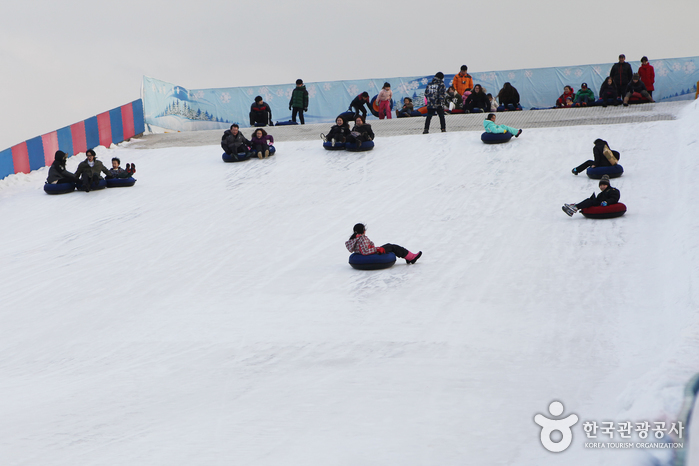
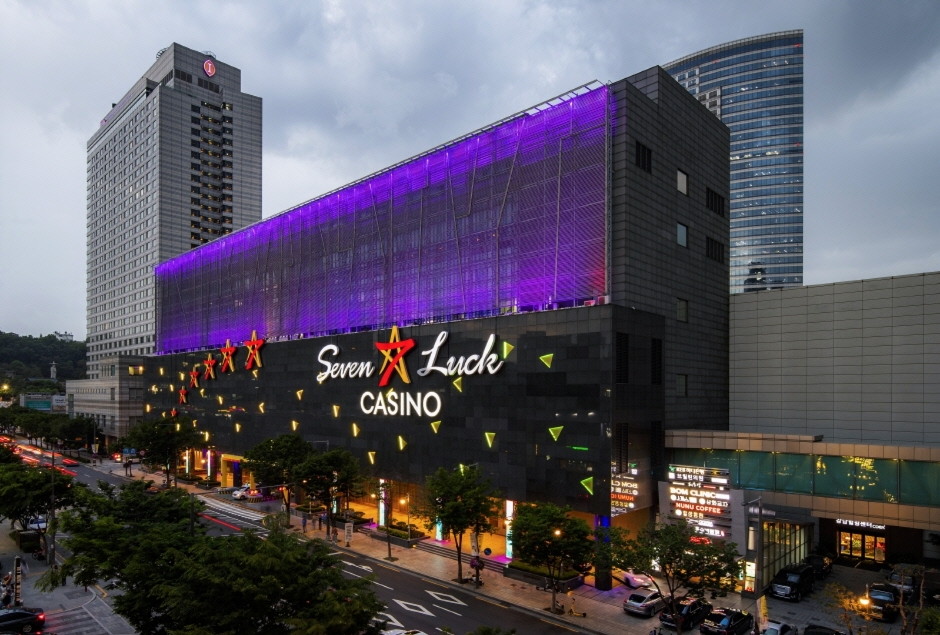
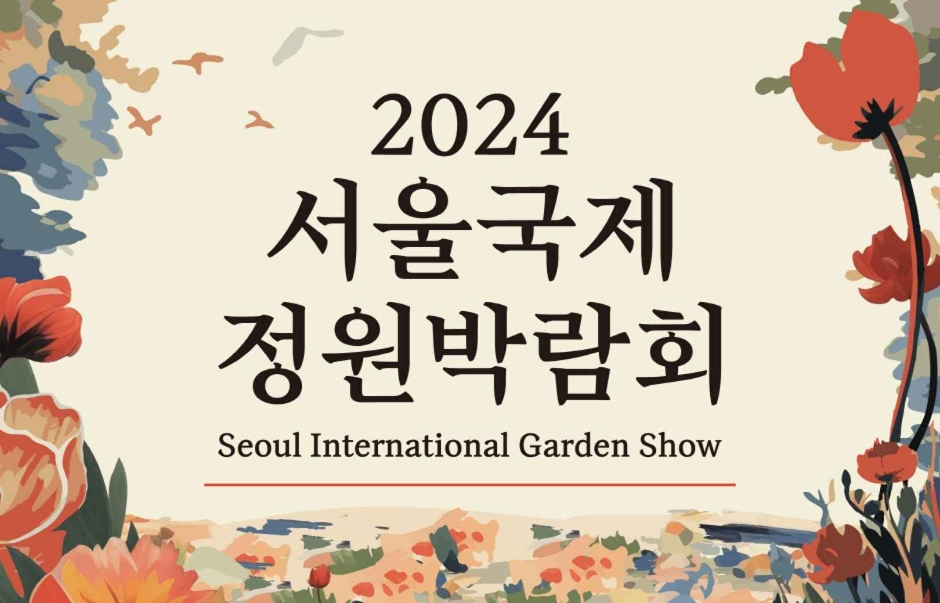
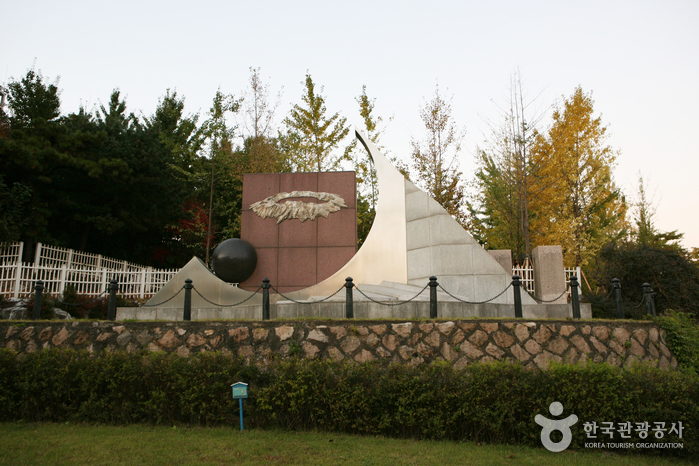
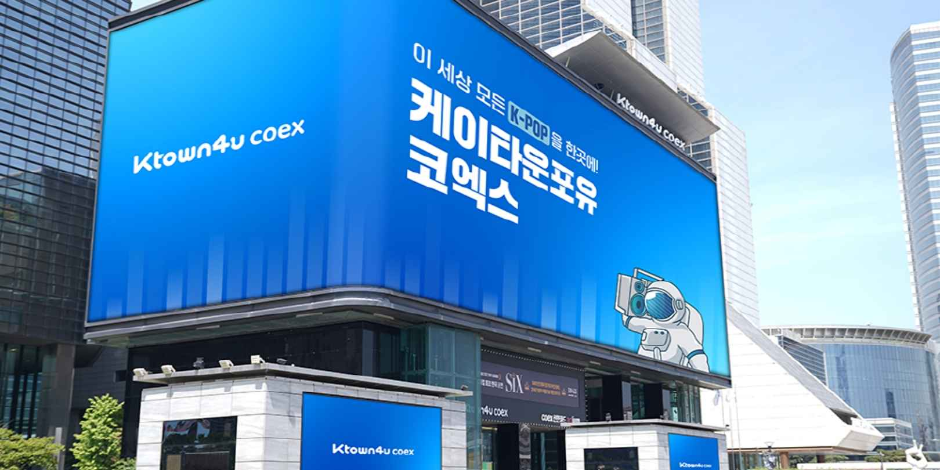


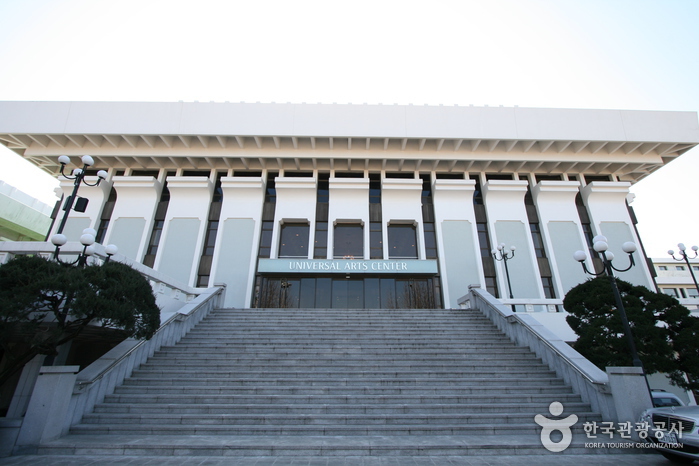
 Français
Français
 한국어
한국어 English
English 日本語
日本語 中文(简体)
中文(简体) Deutsch
Deutsch Español
Español Русский
Русский